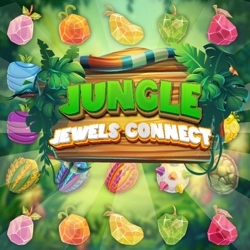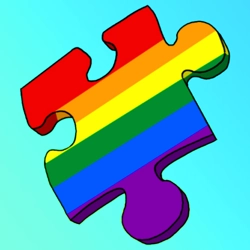Description:
The intriguing world of games is boundless, with a myriad of captivating options specifically tailored to enhance your cognitive abilities. One such impressive game is the one where you connect matching emojis, a strategy-based challenge that demands undivided attention and utmost cautiousness. Tagged with an impactful label that states - "Do not cross the lines!" - this exciting game certainly beckons you into an enchanting puzzle-solving realm.The ins and outs of this game are fascinatingly simple, yet adeptly stimulating. It's infused with the essence of games that are familiar yet subtly advanced in terms of challenges. The primary goal is to connect identical emojis, keeping in mind the rule of not crossing any lines. It is a thrilling journey that requires careful navigation and planning. All it takes is precision, focus, and a strategic mind to conquer this gaming expedition.
As you indulge in this game, remind yourself that it is not an aimless leaderboard-climbing chase but rather a careful simulation that nurtures your mental agility. The game’s algorithm is built on each level having only one solution. This means it requires conscientious attempts to solve, thus compelling you to engage deeply with every move. It’s a test of your patience, persistence, and intelligence, a game that becomes progressively challenging and more enjoyable as you ascend to higher levels.
It behooves you to exercise your cognitive skills and get into the rhythm of analyzing each step before you proceed. The indirect training it provides for brain development is undeniable. Every level spells a unique challenge that needs to be completed before you exhaust the given number of moves. It requires the full engagement of your mental prowess and involves a detailed calculation that keeps your neurons ticking.
In conclusion, the game world is brimming with countless opportunities to rejuvenate the mind and soul. The emoji-matching challenge is among such games that ideally combine enjoyment with brain training. Its uniqueness lies in its gradual progression, engaging gameplay, and limited moves, which urge you to think differently and find solutions unexplored. Whether you are a gaming enthusiast or an individual seeking a recreational outlet, delve into this captivating game and challenge your cognitive abilities. Remember, each level has only one solution, a subtle reminder that the world of 'games]' offers the perfect blend of enjoyment, uniqueness, and intellectual rigour.
Instructions:
Click on an emoji, then draw a line with your hand to connect it to the same emoji. But be careful, if the lines touch each other, they will disappear and you will not be able to complete the level! When you complete the level, all the squares in the Matrix will be filled, it can help you find your solutions.What are Browser Games
A browser game or a "flash game" is a video game that is played via the internet using a web browser. They are mostly free-to-play and can be single-player or multiplayer.
Some browser games are also available as mobile apps, PC games, or on consoles. For users, the advantage of the browser version is not having to install the game; the browser automatically downloads the necessary content from the game's website. However, the browser version may have fewer features or inferior graphics compared to the others, which are usually native apps.
The front end of a browser game is what runs in the user's browser. It is implemented with the standard web technologies of HTML, CSS, JavaScript, and WebAssembly. In addition, WebGL enables more sophisticated graphics. On the back end, numerous server technologies can be used.
In the past, many games were created with Adobe Flash, but they can no longer be played in the major browsers, such as Google Chrome, Safari, and Firefox due to Adobe Flash being shut down on December 31, 2020. Thousands of these games have been preserved by the Flashpoint project.
When the Internet first became widely available and initial web browsers with basic HTML support were released, the earliest browser games were similar to text-based Multi-User Dungeons (MUDs), minimizing interactions to what implemented through simple browser controls but supporting online interactions with other players through a basic client–server model.[6] One of the first known examples of a browser game was Earth 2025, first released in 1995. It featured only text but allowed players to interact and form alliances with other players of the game.



